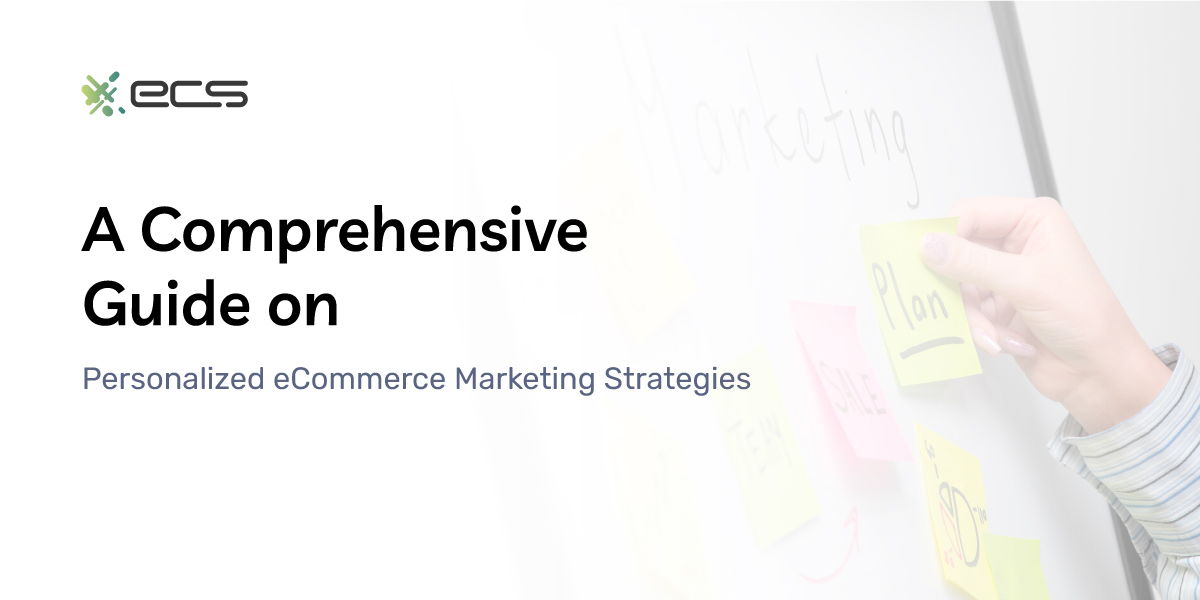One of the most important trends for eCommerce in recent years is the move towards increased personalization. In essence, personalized eCommerce marketing strategies aim to treat each customer as an individual, whether through marketing campaigns, direct emails, or messaging during checkout. The more elements that can be personalized and tailored to each customer, the easier it is to drive sales and revenue.
One factor pushing personalization is automation and technology. Newer tools like AI and other emerging technologies in personalization are now available, allowing more eCommerce businesses to dig deeper into their data to find personalization opportunities.
Automation then helps turn those analytics into actionable marketing strategies that are inexpensive to maintain but have a high ROI.
Beyond just marketing, personalization is also becoming a key component of digital payment processing. Customers want faster payment options and easy checkouts. Implementing initiatives like this requires the latest payment processing solutions to be fully integrated with your other eCommerce systems.
To help your business navigate this new era of personalization, we’ve created a guide to help you understand everything you need to know so you can leverage these tools to scale your eCommerce like never before.
Understanding Customer Behavior
Much of personalization comes down to data and customer activity analysis. Customers reveal their behavior through their actions and interactions with your brand. These interactions can be through your website, filling out forms, social media, or actual purchases.
Every touchpoint is an opportunity to collect data that you can later analyze. That data will give you insight into your customer behavior.
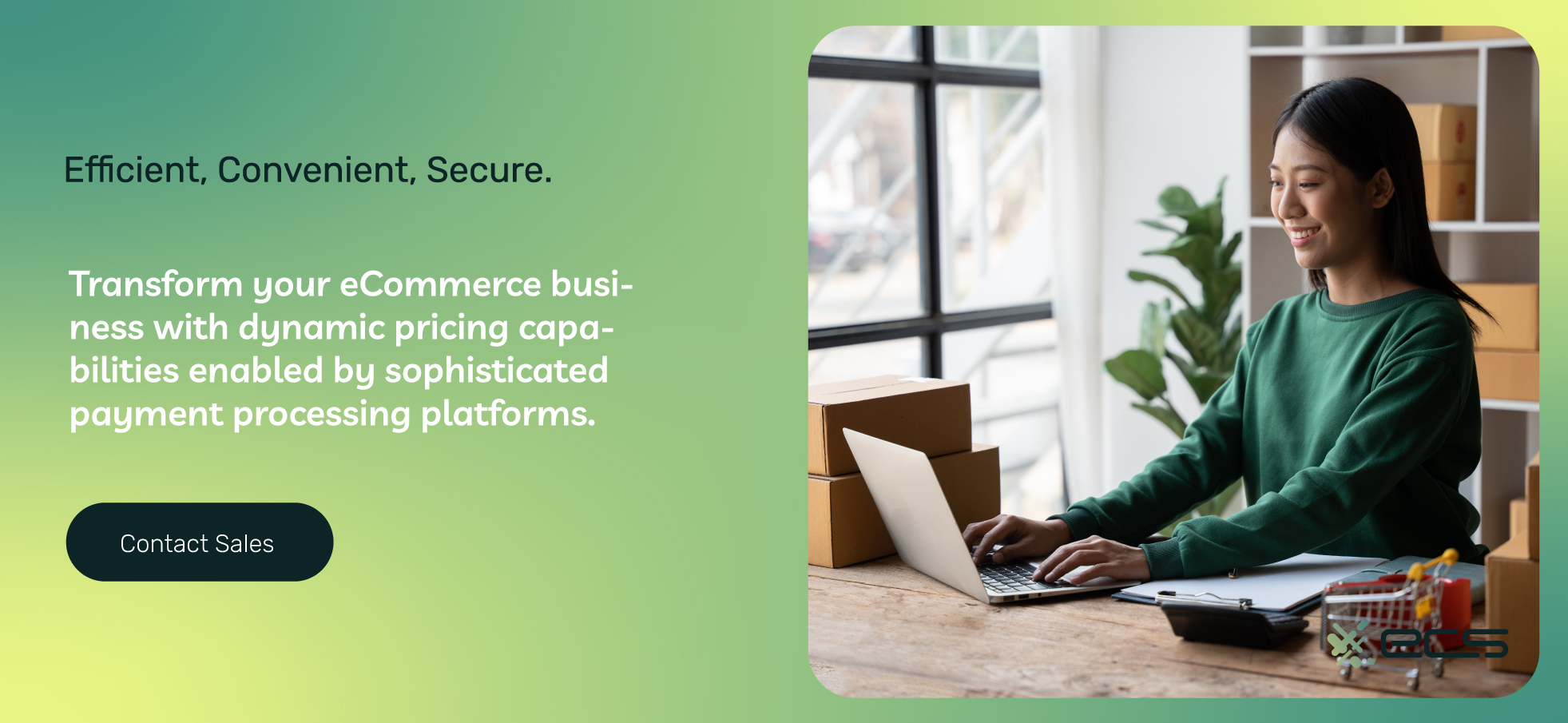
Data Analytics For eCommerce Stores
Analyzing data can seem daunting. However, new tools designed for eCommerce businesses put this data in the hands of every business owner.
These tools essentially work as a plug-in for your existing ecommerce business. You can then manage your personalization efforts directly from the software’s dashboard.
Some of these tools will collect data for you as soon as you install them. Other tools require integration with other data collection tools you already use—for example, a customer relationship manager (CRM).
Personalized eCommerce Marketing Techniques
But capturing data is just the start. You now need to put that data to use by using personalization techniques.
Segmenting Customers
One key area of personalization is the segmenting of your customers. Segmenting means you start to group your customers based on their purchase history, behavior, and other interactions with your brand.
There are almost infinite ways to segment your customers, and you need to decide which options fit your brand best.
To help you get started, successful businesses often use the following models when they segment their customers.
Demographic Segmentation
This is when you segment customers based on basic demographics—for example, income, gender, and other similar criteria.
Location Segmentation
This type of segmentation divides customers by their location. For example, customers living in cold climates would receive a special promotion about your winter clothing sale.
Psychographic Segmentation
For this type of segmentation, you would group customers based on personal interests, attitudes, and values—for example, customers who showed interest in eco-friendly or vegan products in the past.
Technology segmentation
Group your customers by how they interact with your brand’s touchpoints. This could be mobile customers, desktop browsers, and other technology criteria.
Behavioral segmentation
Customer behavior segmentation is based on past behavior and buying decisions. This is more general than psychographic segmentation and is only based on past behavior with your brand. Things like repeated purchases are examples of behavioral segmentation.
Value-based segmentation
This segmentation is for identifying those shoppers who place a priority on value and pricing. You will want to separate your price-sensitive customers from those more open to higher-priced options.
These are just the main types of segmentation you should consider, and there can be others. You can also further segment groups into subgroups.
There can also be overlap when you start to segment groups. However, it’s important not to have too much overlap. If you notice too much overlap in your segmentation, it’s a sign you need to use different criteria.
Once you have successfully segmented your customers, you can offer each group highly personalized messages and options that resonate with them. This helps to increase response rates, repeat buying, and conversions.
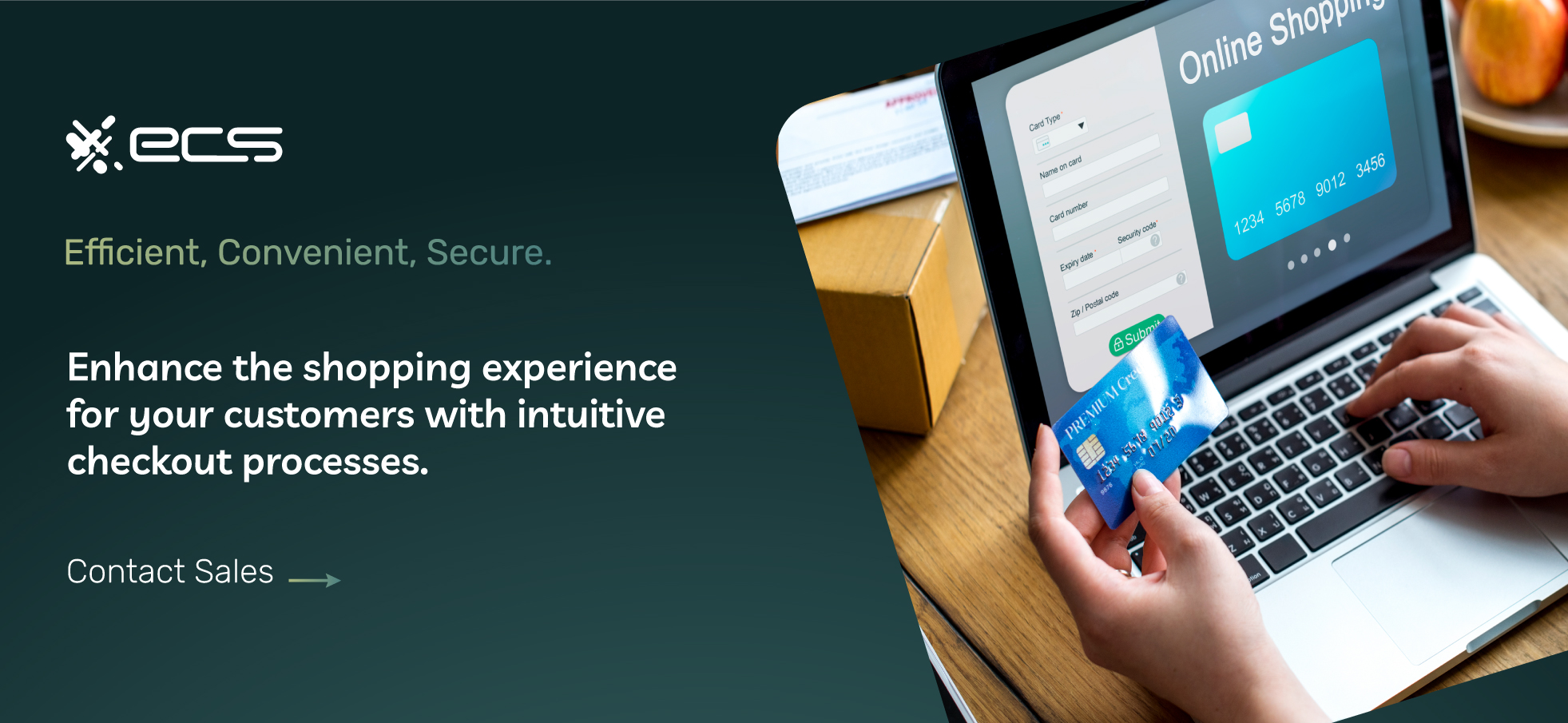
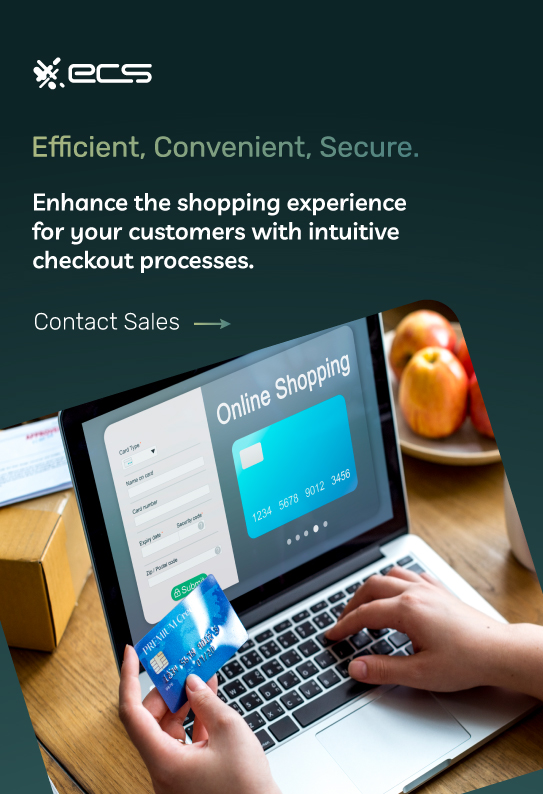
Crafting Compelling Content
To take full advantage of your segmentation, you must create marketing messages and content that keeps customers engaged.
Email Campaigns
Email campaigns are a central part of personalization for eCommerce sites and a valuable way to use your segmentation effectively.
Emails are inexpensive, and most of the work can be fully automated. From there, you can create customized messages for each group.
When creating these email campaigns, your focus should be to find messaging that resonates based on the customer segmentation. Engaging content strategies are highly focused and targeted.
For example, when targeting value-based segments, your email headline and message should immediately communicate the cost savings of your chosen promotion. There’s no need to include additional information since you are targeting price-sensitive shoppers.
The more you use segmentation, the more laser-focused your marketing message should become. You start to defeat the purpose of your segmentation if your marketing messages are cluttered with additional information.
Cart Abandonment
One aspect of behavior segmentation is cart abandonment. This behavior is a common problem with eCommerce businesses, and segmenting these customers helps you turn more of them into sales.
Follow-up emails after cart abandonment are a great way to use segmentation. You want to target these customers with messaging that helps gently push them over the edge and complete the sale.
One way to do this is through a series of messages.
The first email can simply remind them of the items left in their cart. The first reminder must contain the products being sold. Automation can help you include the product image, description, and link directly in the email.
Follow-up emails can include social proof, such as reviews of the product. They can also include a discount depending on your overall promotional strategy.
This type of personalized drip-fed automation is a prime example of how your eCommerce business can use segmentation to target specific customers with highly targeted messaging.
On-page Personalization
Sending targeted marketing messages is just one way to implement personalization to take advantage of your segmentation strategy.
Another way is using on-page personalization, which can help increase metrics like conversions and average ticket size.
Using Dynamic Content Customization
One way successful eCommerce sites use on-page personalization is through dynamic content blocks embedded on their website. Dynamic content blocks use browser cookies or login information to display customized information tailored to the customer viewing the page.
For example, you would use your behavioral segmentation to display related products based on the customer’s most recent viewing or purchases.
You can also use dynamic content blocks to upsell or cross-sell related products to customers who are in the checkout process.
Dynamic eCommerce Pricing
Dynamic eCommerce pricing is relatively new, but more businesses are using it, and even more are considering implementing it. It works similarly to other segmentation marketing methods, such as dynamic content blocks.
But instead of displaying customized content, you would display customized pricing based on your existing segmentation data.
For example, you would use segmentation data to show customers in higher-income areas a different price from those in lower-income areas.
You can also use behavioral segmentation for dynamic pricing. If customers have shown behavior that aligns with being price sensitive, you may want to display a lower or discounted price to them.
Besides customer segmentation, you can also use your sales today to create dynamic pricing. Dynamic pricing can lower the price of items that are not selling well. You can do the same for products that suddenly surge in unexpected demand and require higher pricing.
Page Overlays For Personalized eCommerce Marketing
Web page overlays are popular for targeting new and existing customers based on their recent behavior. You can set up personalized overlays for different segmentation groups, allowing each group to receive a personalized message.
New Customer Overlays
For your new customers making their first contact with your brand, offering them a discount or free shipping in exchange for an opt-in email can help you increase conversions and build your mailing list of potential customers.
One mistake we often see with this type of overlay is that it appears too soon after the visitor lands on the page, causing them to simply close it.
You want to make your offer after they have had a chance to browse for a while. Offering someone a 10% discount doesn’t make much sense when they haven’t even looked at a product yet.
As with all segmentation strategies, you always want to A/B test to see what works better. So, you may want to try different timing intervals for when your overlays appear to new customers. Then, you can track the opt-ins to see which one performs better.
Reduce Bounce Overlay
Every eCommerce business wants to reduce bounce. Using a personalized overlay can be an effective way to achieve that goal. Specific on-site customer behavior can indicate an impending bounce. For example, moving to close a browser window or clicking on another tab.
You want to ensure these are not intrusive; customers may simply be comparing products or doing other work as they shop. It’s best to use these sparingly and keep the messaging friendly and to the point. You also want to make the overlay is easy to close in case the targeting was wrong, and they weren’t actually planning on leaving the site.
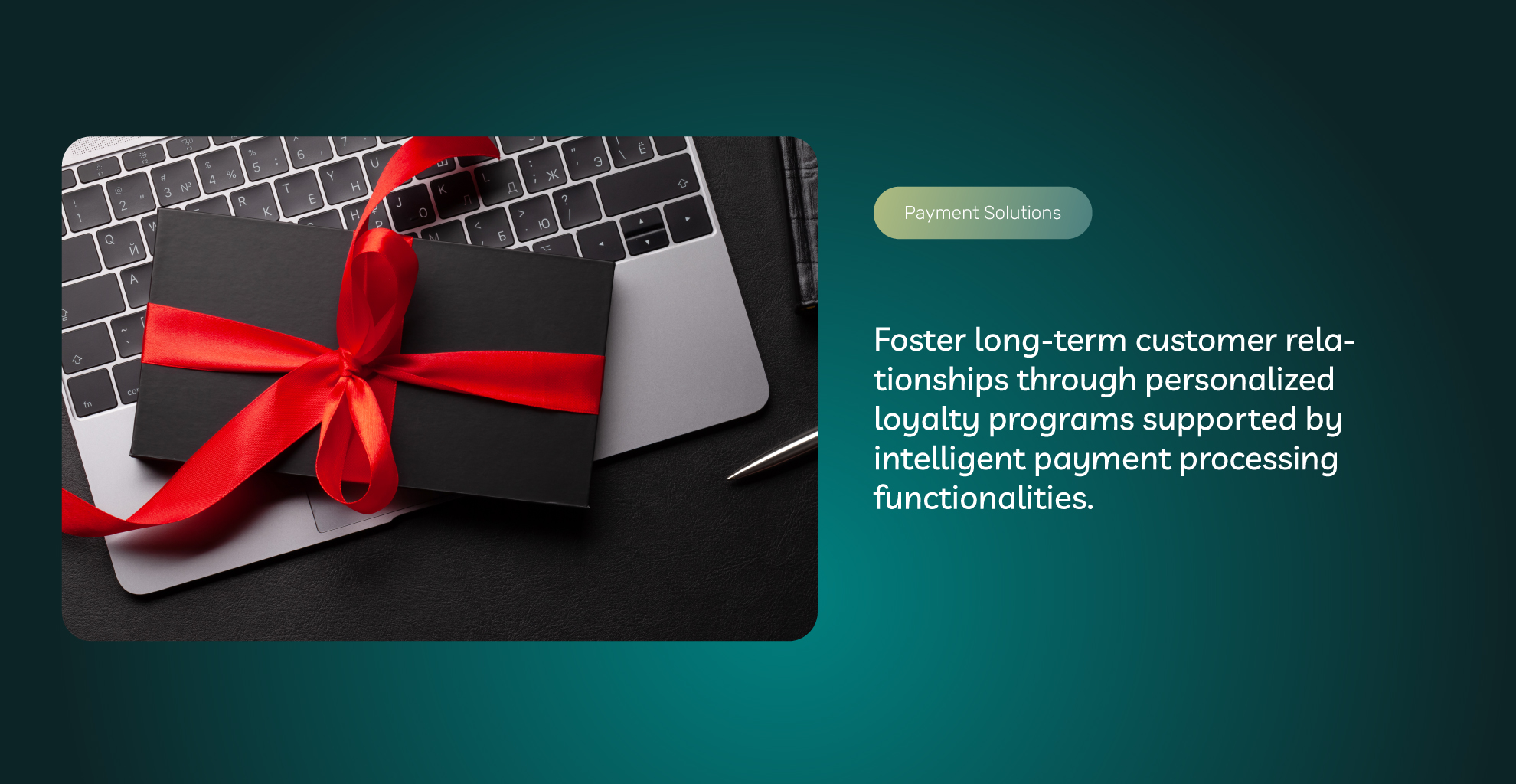
Returning Customer Overlay
For returning customers who have not interacted with your brand for a while, a personalized overlay can be the perfect way to welcome them back. These are classic examples of personalization, and customers truly feel as though the brand values them after seeing this type of messaging. This helps to turn occasional customers into more loyal customers.
Before displaying a “welcome back” style overlay, you must decide the time interval required. Generally, you’ll base this on the typical frequency of your average repeat order. If your average repeat customers order once every 60 days, you can use the 60-day mark to display a welcome-back message.
If you’re trying to improve your overall repeat customer metric, you can try to shorten the time frame. In this case, you would analyze your top customers to see their average repeat order time.
Likely, your top customers order more frequently. You can then use a shorter time frame to nudge your other customers to order more frequently. This is a common strategy when using personalization, and you want to try to use it to nudge your average customers into behaving more like your top customers.
Checkout Overlays
The checkout process is critical for eCommerce businesses looking to improve their conversions and sales. Your checkout process should be as easy as possible. But if a customer is stuck on the page or has left it unattended, an overlay asking if they need assistance is helpful.
You can also use checkout overlays as another chance to upsell or cross-sell based on the customer’s segmentation and past behavior. As with most other overlays, you want to ensure these are not intrusive and instead convey the intended personalized message.
Your customer should always feel the message is coming at the right time and contains the correct information. If not, then your personalization can start to have a detrimental effect.
Content Marketing For Online Retailers
Most online small businesses realize that posting content such as blog posts can help their inbound marketing initiatives. But besides using SEO optimization for eCommerce when creating these posts, you also want to consider personalization.
You want to inform your customers of new blog posts on social media platforms. But you can also send relevant email messages to encourage customers to read specific posts based on segmentation.
Past customers who have bought products or services related to a recent post should receive a targeted message. This is far more effective than sending a blanket email to everyone on your mailing list.
Building Customer Loyalty Through Personalized eCommerce Marketing
Loyalty programs have come a long way, and they are just as crucial in eCommerce as they have been in retail settings. They can now do so much more than just offer incentives for customer retention or ask for customer feedback for improvement.
Customer loyalty programs offer a great way to get customers to opt-in to your overall segmentation strategy and collect data. Your segmentation and personalization strategy relies on customer data. The more data you can accurately collect, the more effective your strategy will be.
Loyalty programs are one of the best ways to capture additional customer data beyond what you would receive during normal touchpoints with your brand. During the opt-in process and sign-up for your loyalty program, you can ask your customers various questions to help create better segmentation and personalization options.
Once your customer enrolls and starts to display various behaviors, you can send additional surveys to learn more and provide even more targeted personalization. At first glance, some of this may seem too intrusive. However, customers overwhelmingly agree that they want the brands they use to offer them more personalized messaging and offers.
The more you target and personalize your messaging to individual customers, the more they feel your brand understands them. It’s this type of customer-centric eCommerce that is part of the best practices for personalization.
Finally, a loyalty program allows you to accurately segment your top customers. With this information, you can create customized marketing campaigns to make your average customers behave like your top customers.
Personalization case studies and eCommerce success stories show that Improving metrics in this way is one of the best online business growth strategies for sustainable eCommerce success.
The Role of Reliable Payment Processors in Personalized eCommerce Marketing
We’ve already touched on how important data is when implementing your eCommerce personalization strategy. One area that some eCommerce sites overlook is the role that payment processing plays in personalizing.
Your payment processing can integrate critical sales data with other data collection methods. However, this is only possible when a fully integrated payment processor offers secure eCommerce transactions.
Many platform-based payment processing services like Square or Shopify Payments don’t allow this deep integration.This means you could miss out on valuable sales data that would otherwise improve your personalization efforts and overall sales growth.
Every eCommerce business needs trustworthy online payments and features such as encrypted payment gateways and other tools. However, payment data integration is becoming one of the key future trends in eCommerce.
Fully Customize Your Checkout
The checkout portion of your customer’s journey is the most critical of all. With the right payment processing solution and merchant account, you can completely customize your shopping carts and checkout workflow to match your customers and brand.
Typical aggregate merchant account providers like Square or Shopify Payments don’t allow this customization level. You’re locked into a specific workflow that may not work for your brand or customers.
Before you begin a personalization strategy for your eCommerce business, it’s essential to look at your payment processing and merchant account first. If your merchant account doesn’t allow for complete customization of the checkout and a way to integrate sales data with your other business software, it’s time to look for a new processor.
Implementing eCommerce Personalization Tools
You can use many third-party tools to help you imxplement your ongoing optimization strategies. To decide which solution can help you best, you first want to determine your goals for your overall personalization strategy.
Collecting Data
If you currently don’t collect much data about your customers and visitors who contact your brand, you want to focus on implementing a customer relationship management (CRM) solution. CRMs have been one of the most significant advancements in eCommerce marketing over the past several years. In a competitive eCommerce landscape, using a CRM is necessary when scaling.
Brands like Salesforce, Hubspot, and Pipedrive are popular options that offer eCommerce platform integration with tools and software you already use. Setting up a CRM will allow you to begin capturing the critical data that you can then use to segment your audience and implement your personalization strategy.
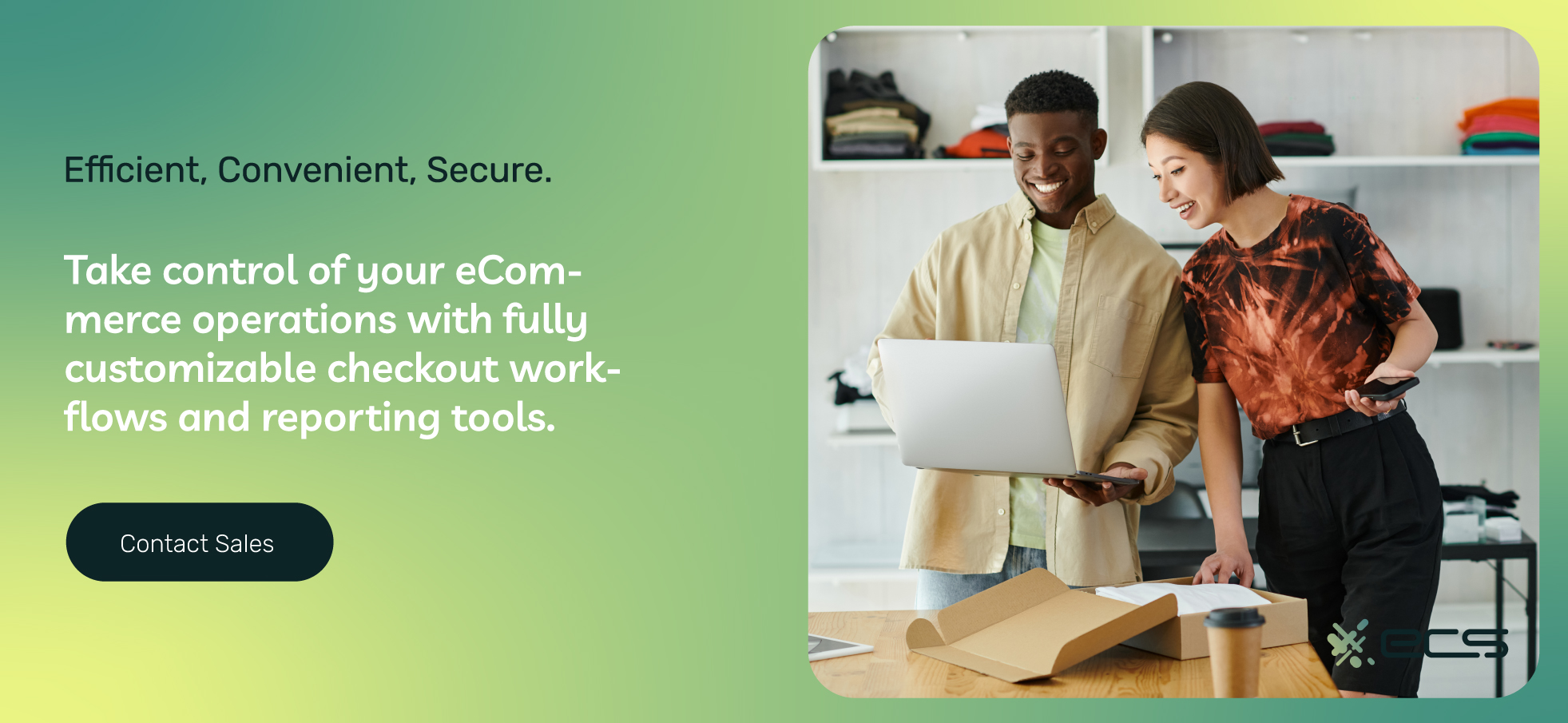
Automation
If automation is your goal and you already have most of the customer data you require, email and on-site management tools will be more appropriate for you. Popular AI automation options include brands such as Nosto and WebEngage.
These tools help you automate your overall personalization strategy and track the results. You can also create custom dashboards to get real-time insights into your overall strategy and its effectiveness. Automation makes it easier to act on evolving trends in customer preferences.
Payment Solutions Built For Personalized eCommerce and Marketing
If you’re looking to scale your eCommerce business effectively, personalization is one of the most cost-effective ways to achieve your goals. Many of these personalization methods are possible through automation and cost very little money to maintain once implemented.
This means your ROI increases substantially as time goes on, and you further improve your overall segmentation and personalization efforts. But one key ingredient to your strategy needs to be data.
If you need a payment processing solution that brings all your sales data together so you can integrate it with your business software, contact ECS Payments. ECS Payment is a leader in eCommerce solutions, and we offer the latest digital payment solutions that help businesses fully integrate their payment and personalization platforms.
Contact ECS Payments to learn more about our payment solutions designed for eCommerce businesses looking to scale through personalization and effective customer segmentation.
Frequently Asked Questions About Personalized eCommerce Marketing Strategies
Personalized eCommerce marketing treats each customer individually, enhancing engagement and increasing sales. eCommerce businesses can leverage automation tools and AI to make it easier to implement personalized strategies for a high return on investment.
Utilize plug-in tools designed for eCommerce. These tools collect and analyze data from various touchpoints, such as website interactions, forms, social media, and purchases.
Grouping customers based on demographics, location, psychographics, technology usage, behavior, and values is crucial. You can tailor and target email campaigns for each segment for a more customized approach.
Payment processing is a crucial aspect of personalization. Payment processors, like ECS Payments, enable seamless sales data integration with other collection methods. This integration provides valuable insights that contribute to overall sales growth.
